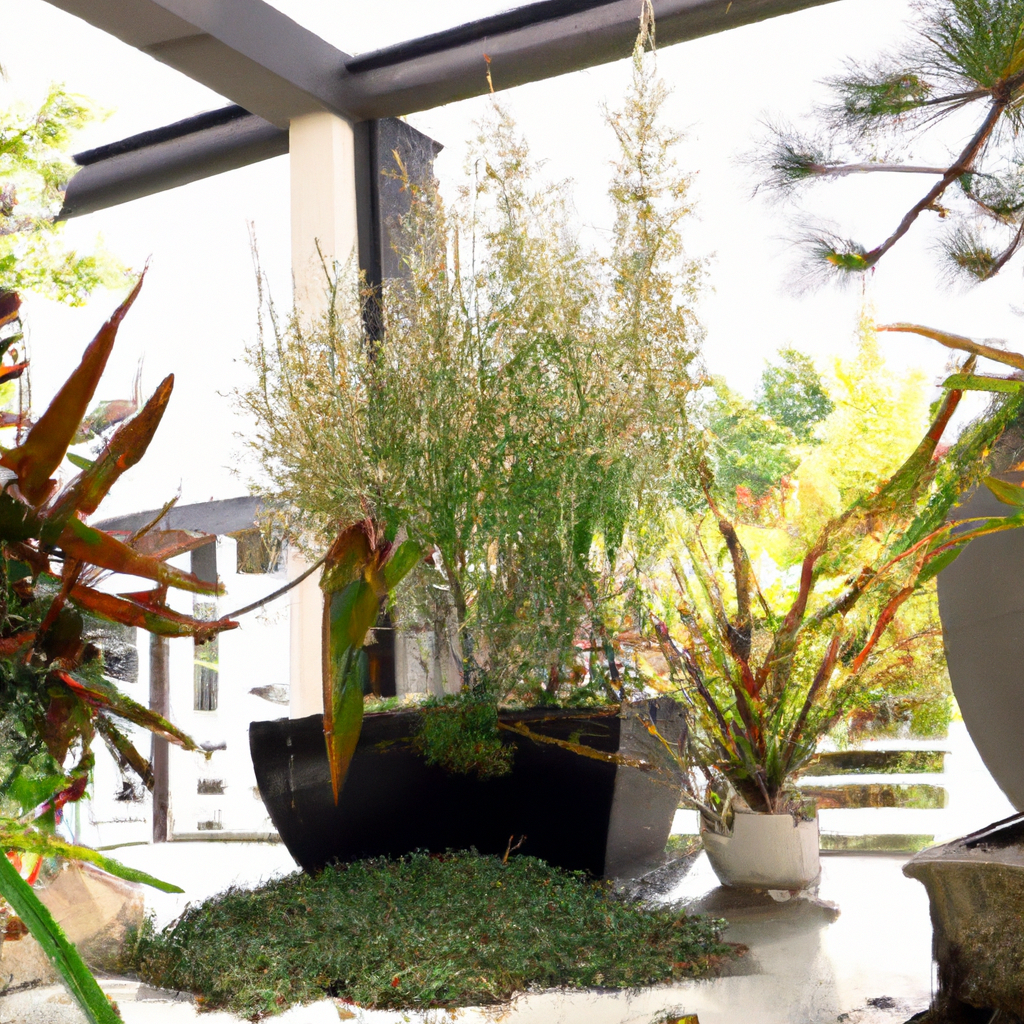Xeriscaping is a landscaping technique that focuses on water conservation by using drought-tolerant plants and minimizing water usage in garden design. This eco-friendly and sustainable gardening practice involves designing outdoor spaces with low maintenance and water-efficient features. The principles of xeriscaping in garden design can help homeowners create beautiful and functional landscapes while reducing their water bills and environmental impact. In this article, we will explore the key principles of xeriscaping and how they can be applied to garden design.
Principles of Xeriscaping
1. Planning and Design
The first principle of xeriscaping is planning and design. This involves assessing the site’s soil type, water availability, and sun exposure to determine the best plants and design features for the outdoor space. A well-planned xeriscape garden takes into account the local climate and topography, and includes hardscaping elements like paths, patios, and retaining walls to enhance the overall design.
2. Soil Improvement
The second principle of xeriscaping is soil improvement. This involves preparing the soil to support the drought-tolerant plants by adding organic matter, such as compost or mulch, to improve soil structure and water retention. Soil improvement is essential for plants to establish deep roots and access water efficiently in times of drought.
3. Water Conservation
The third principle of xeriscaping is water conservation. This involves using water-efficient irrigation systems, such as drip irrigation or soaker hoses, and minimizing water usage through smart irrigation practices. Water conservation also involves grouping plants with similar water needs together, using native or adapted plants that are suited to the local climate, and reducing the size of the lawn by using ground covers or mulch.
4. Appropriate Plant Selection
The fourth principle of xeriscaping is appropriate plant selection. This involves selecting drought-tolerant plants that are well adapted to the local climate and soil conditions. Some examples of drought-tolerant plants include succulents, cacti, lavender, and ornamental grasses. Using native or adapted plants in garden design can also help attract local wildlife and promote biodiversity.
5. Mulching
The fifth principle of xeriscaping is mulching. Mulching involves covering the soil with organic matter, such as bark, wood chips, or straw, to help retain moisture and suppress weeds. Mulch also helps regulate soil temperature, protect roots from extreme temperatures, and improve soil fertility over time as it decomposes.
Benefits of Xeriscaping
Xeriscaping offers numerous benefits for homeowners, including:
– Reduced water bills: xeriscaping can reduce water usage by up to 50-75%, resulting in lower water bills and reduced strain on local water resources.
– Low maintenance: xeriscaping requires less maintenance than traditional lawns and gardens, as drought-tolerant plants are generally hardy and require less watering, pruning, and fertilizing.
– Increased property value: xeriscaped gardens can increase property value and curb appeal, as they offer an attractive and eco-friendly alternative to traditional lawns.
– Environmental benefits: xeriscaping helps reduce water usage and promote biodiversity, resulting in a more sustainable and eco-friendly outdoor space.
Conclusion
In conclusion, xeriscaping is an eco-friendly and sustainable gardening practice that focuses on water conservation and drought-tolerant plants. The key principles of xeriscaping include planning and design, soil improvement, water conservation, appropriate plant selection, and mulching. By applying these principles to garden design, homeowners can create beautiful and functional outdoor spaces that are low maintenance, water-efficient, and environmentally friendly.







